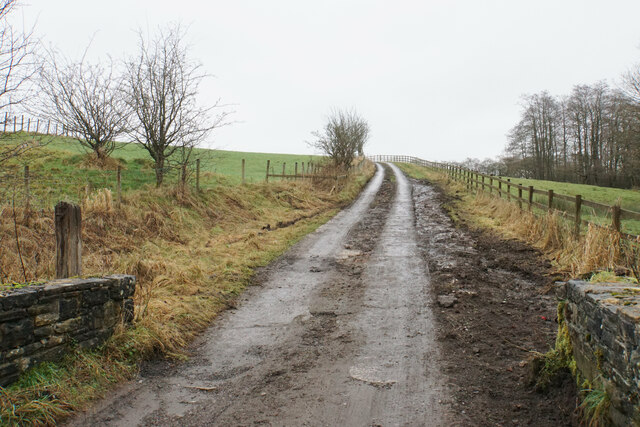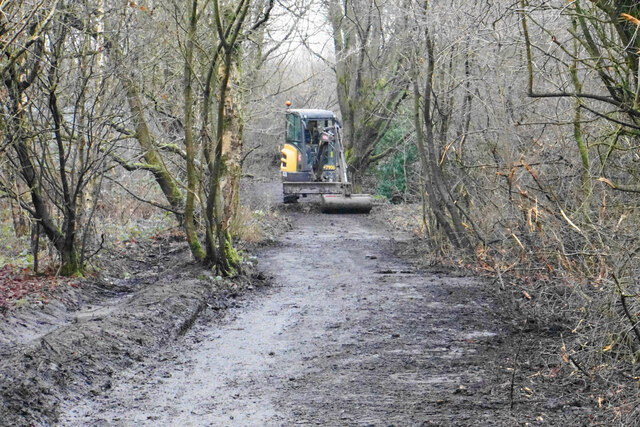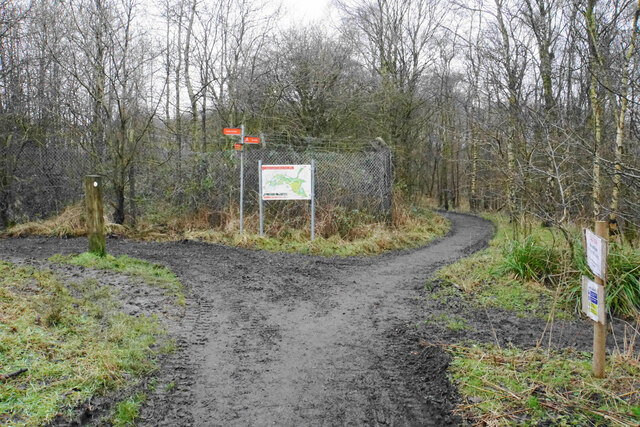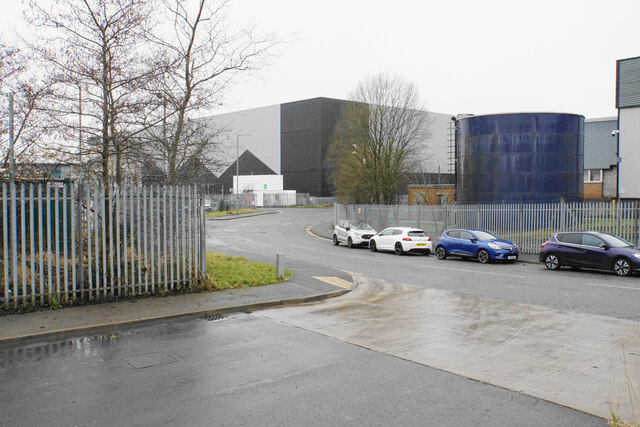Cockden
Settlement in Lancashire Burnley
England
Cockden
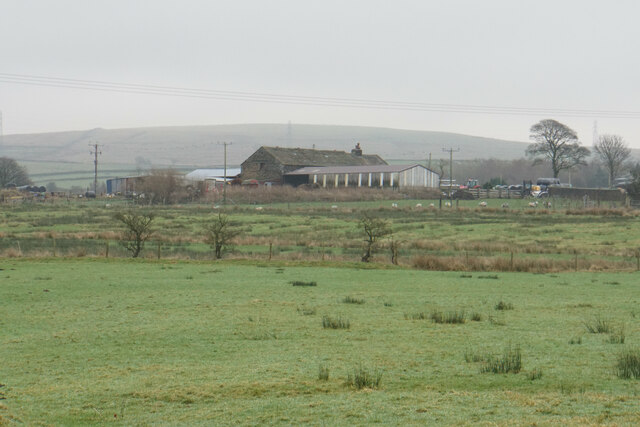
Cockden is a small village located in the county of Lancashire, England. Situated in the southern part of the county, it falls within the local government district of Pendle. The village is situated approximately 2 miles southwest of the town of Nelson and is part of the larger borough of Pendle.
Historically, Cockden was primarily an agricultural community, with farming being the main occupation of its residents. However, in recent years, the village has seen a shift towards a more residential focus, with many of its inhabitants now commuting to nearby towns and cities for work.
Cockden is known for its picturesque countryside and tranquil surroundings. The village is surrounded by rolling hills, offering stunning views of the Lancashire landscape. It is a popular destination for nature enthusiasts, who can explore the nearby countryside through various walking and cycling routes.
In terms of amenities, Cockden has a few local shops and services to cater to the needs of its residents. However, for a wider range of facilities, the nearby town of Nelson offers a more extensive selection of shops, supermarkets, and other amenities.
Overall, Cockden is a peaceful and scenic village in Lancashire that offers a quiet and rural lifestyle. With its beautiful countryside and proximity to larger towns, it provides a desirable location for those seeking a balance between tranquility and accessibility.
If you have any feedback on the listing, please let us know in the comments section below.
Cockden Images
Images are sourced within 2km of 53.809876/-2.190556 or Grid Reference SD8734. Thanks to Geograph Open Source API. All images are credited.









Cockden is located at Grid Ref: SD8734 (Lat: 53.809876, Lng: -2.190556)
Administrative County: Lancashire
District: Burnley
Police Authority: Lancashire
What 3 Words
///issues.wide.tent. Near Nelson, Lancashire
Nearby Locations
Related Wikis
Briercliffe
Briercliffe (historically Briercliffe-with-Extwistle) is a civil parish in the borough of Burnley, in Lancashire, England. It is situated 3 miles (4.8...
Haggate
Haggate is a small village within the parish of Briercliffe, situated three miles north of Burnley, Lancashire. The village is mostly built around a small...
Queen Street Mill
Queen Street Mill is a former weaving mill in Harle Syke, a suburb to the north-east of Burnley, Lancashire, that is a Grade I listed building. It now...
St James' Church, Briercliffe
St James' Church is in Church Street, Briercliffe, Lancashire, England. It is an active Anglican parish church in the deanery of Burnley, the archdeaconry...
Harle Syke Mill
Harle Syke mill is a weaving shed in Briercliffe on the outskirts of Burnley, Lancashire, England. It was built on a green field site in 1856, together...
Harle Syke
Harle Syke is a small village within the parish of Briercliffe, situated three miles north of Burnley, Lancashire, England. It was the home to eleven weaving...
Sir John Thursby Community College
Sir John Thursby Community College is a mixed 11-16 comprehensive school in Burnley, Lancashire, England. It is named for Sir John Hardy Thursby (1826...
River Don, Lancashire
The River Don is a river in Lancashire, England. It is 6.64 miles (10.69 km) long and has a catchment area of 4.18 square miles (1,082.31 ha).Rising on...
Nearby Amenities
Located within 500m of 53.809876,-2.190556Have you been to Cockden?
Leave your review of Cockden below (or comments, questions and feedback).
